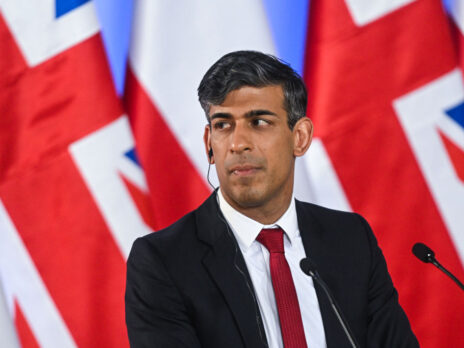Internal Treasury documents do not make for a thrilling bedtime read but a flick last night through the government’s Impact Assessment (IA) toolkit proved quite instructive. It tells us, for example, that an IA should be prepared when a proposal “involves some kind of redistribution affecting the public, private or third sector”, and that an IA “must be published when a Government Bill… is introduced into either House of Parliament”.
Yet on the day the Welfare Benefits Uprating Bill 2012 receives its second reading in Parliament, we still have not seen a formal assessment of the government’s decision to cut an estimated 4 per cent from the real value of key benefits over the next three years. So, in the absence of any official statement as to how this policy will affect child poverty, we decided to work it out for ourselves.
Our starting point is the study produced by the Institute for Fiscal Studies (IFS) in October 2011 projecting child poverty rates for the UK over the next five to ten years. The picture, according to this report, looked bleak: an estimated 400,000 more children would be living in relative poverty by the end of the current parliament, while the number living in absolute poverty looked set to increase by 500,000 over the same period.
Critically, the IFS singled out the decision to index most working-age benefits to the consumer price index (CPI) as opposed to the more generous retail price index (RPI) from 2011 onwards as the most significant policy driving child poverty upwards in the next five to ten years. But these projections do not now tell the full story. Since they were produced, the government has made other adjustments to the way it indexes benefits and tax credits, and now plans to add into this already potent brew the decision to uprate most in- and out-of work benefits, and going forward key elements of Universal Credit (UC), at a sub-inflation 1 per cent for three years.
As our new report published yesterday shows, the simple truth is that a sub-inflation uprating will be a poverty-producing policy. Delinking benefits from prices will result in a fall in the real standard of living for anyone who is reliant on the state for all or part of their income over the next three years. As a consequence, in the absence of any compensatory changes, the number of children living in absolute poverty will rise, while those children in families reliant on out-of-work benefits who already live below this threshold will see their poverty deepen further.
And alongside worsening absolute poverty rates, the relative fortunes of low income families can only deteriorate too. The government is presenting the 1 per cent uprating as ‘fair’ in light of the average earnings levels observed during the recession, as well as future public sector pay agreements. But what is conveniently obscured in this debate is that for many years prior to 2008, benefits rose at a significantly lower level than wages. In fact, the above-average earnings upratings of the last five years have had limited effect on the relative value of benefits eroded over a long period of time, showing how difficult it is to correct the damage done by year after year of under-indexation.
Nor is it clear where the equity is in pegging benefits to public sector pay rises going forward. With the Office for Budget Responsibility anticipating average earnings growth for the whole economy of between 2.2 per cent and 3.9 per cent over the next three years, the Uprating Bill will open up a gap between the poorest and the rest of the population. As a result, the minority will become further disconnected from the majority, and under these conditions, relative child poverty can but rise.
Looking at the historical picture should make us all pause for thought. Decoupling benefit levels from wages is widely recognised as the most significant policy that drove the dramatic increases in child poverty through the 1980s and 1990s, and the decision now to delink benefits from prices looks set to propel child poverty back up to levels we haven’t observed since the Thatcher years.
Given this, the Uprating Bill risks history repeating itself, with one significant difference: this time round we are likely to witness significant rises in child poverty against the backdrop of the Child Poverty Act (CPA) 2010, a law which requires the government take action to improve both the absolute and the comparative fortunes of children growing up in the UK today.
Yet three years of benefit uprating that is linked to neither prices nor average earnings will deliberately lock in both real and relative losses for low-income families, at the same time as locking them out of the mainstream.
Small wonder, then, that the required impact assessment has yet to materialise, but when it does, it will be interesting to see how the government squares the child poverty circle.





